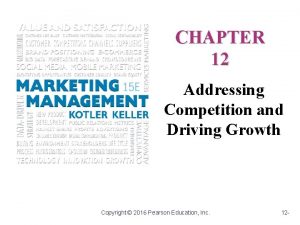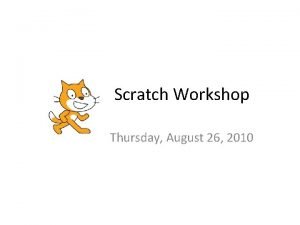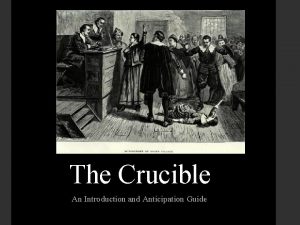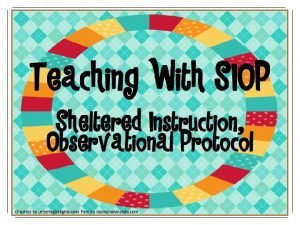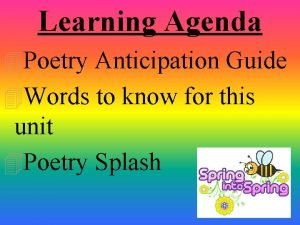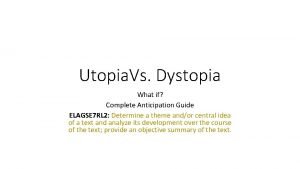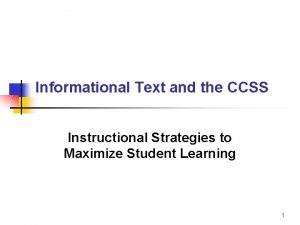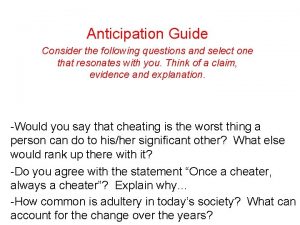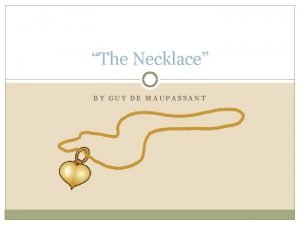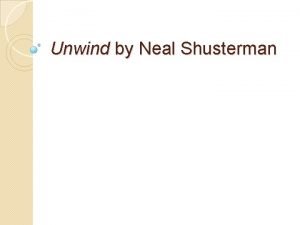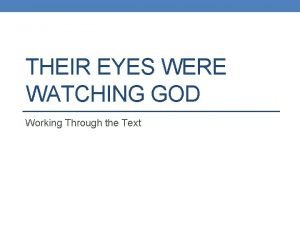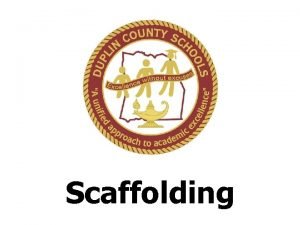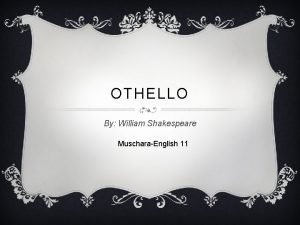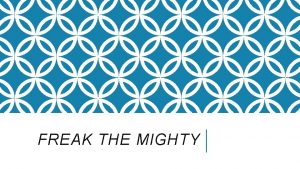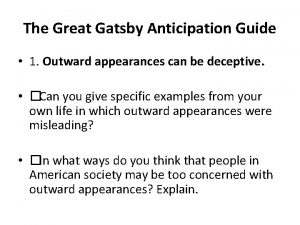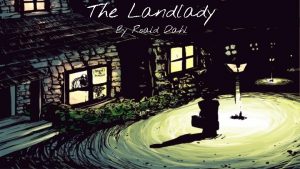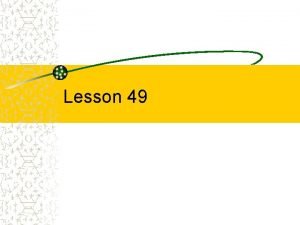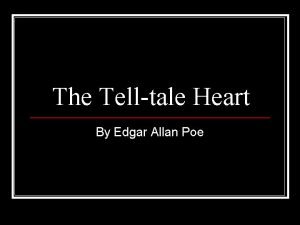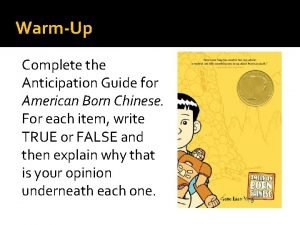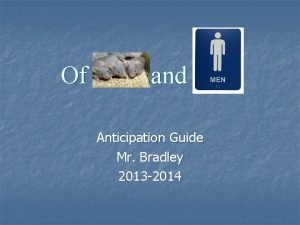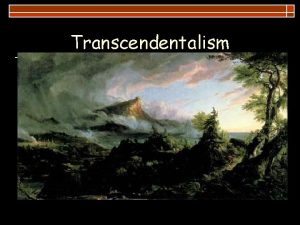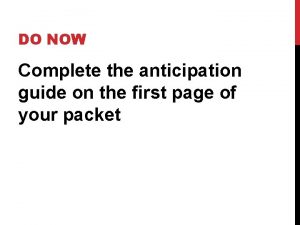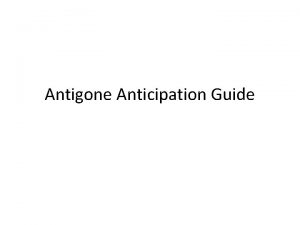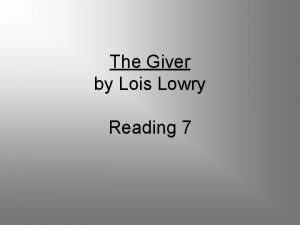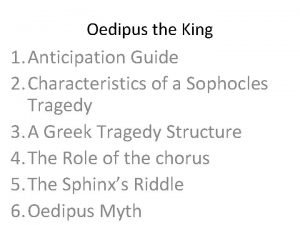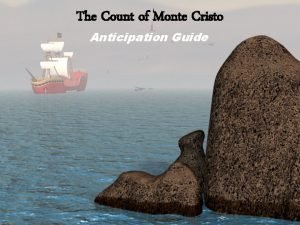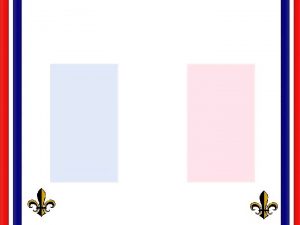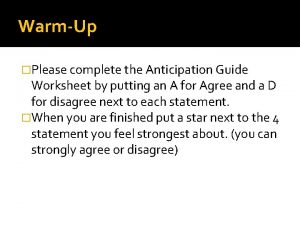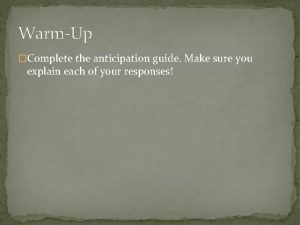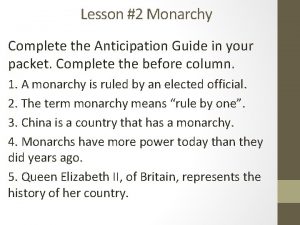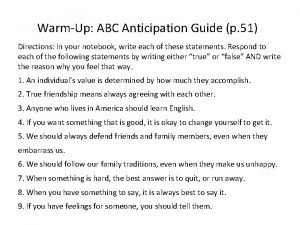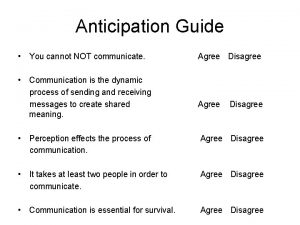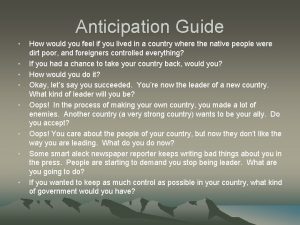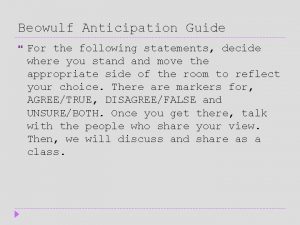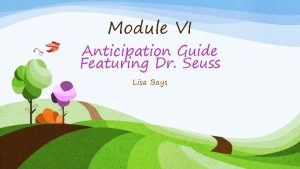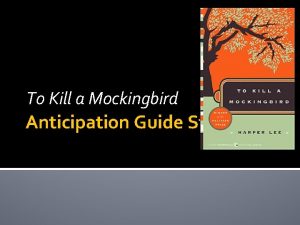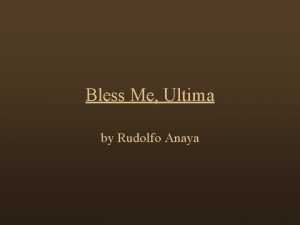August 30 2010 WarmupActivator Complete the Anticipation Guide






























- Slides: 30

August 30, 2010 Warm-up/Activator Complete the Anticipation Guide by making check marks in the after column.

The Fundamental Counting Principle & Tree Diagrams

The Fundamental Counting Principle • If you have 2 events: 1 event can occur m ways and another event can occur n ways, then the number of ways that both can occur is m*n • Event 1 = 4 types of meats • Event 2 = 3 types of bread • How many different types of sandwiches can you make? • 4*3 = 12

3 or more events: • 3 events can occur m, n, & p ways, then the number of ways all three can occur is m*n*p • 4 meats • 3 cheeses • 3 breads • How many different sandwiches can you make? • 4*3*3 = 36 sandwiches

• At a restaurant at Six Flags, you have the choice of 8 different entrees, 2 different salads, 12 different drinks, & 6 different desserts. • How many different dinners (one choice of each) can you choose? • 8*2*12*6= • 1152 different dinners

Fund. Counting Principal with repetition • Georgia license plates have 3 letters followed by 4 #’s. • How many different licenses plates are possible if digits and letters can be repeated? • There are 10 choices for digits and 26 choices for letters. • 26*26*26*10*10= • 175, 760, 000 different plates

Phone numbers • How many different 7 digit phone numbers are possible if the 1 st digit cannot be a 0 or 1? • 8*10*10*10= • 8, 000 different numbers

Tree diagram Flip a coin, then roll a die, list all alternatives

Simple Probability

probability of an event or P(event) is number of favorable outcomes total number of possible outcomes Simple Probability

probability of an event or P(event) is number of favorable outcomes total number of possible outcomes Example 1: Sarah rolls two 6 -sided numbered cubes. What is the probability that the two numbers added together will equal 5? Simple Probability

probability of an event or P(event) is number of favorable outcomes total number of possible outcomes Example 1: Sarah rolls two 6 -sided numbered cubes. What is the probability that the two numbers added together will equal 5? 4/36 = 1/9 Simple Probability

probability of an event or P(event) is number of favorable outcomes total number of possible outcomes Example 1: Sarah rolls two 6 -sided numbered cubes. What is the probability that the two numbers added together will equal 5? 4/36 = 1/9 Simple Probability Example 2: What is the probability of drawing a king from a deck of cards?

probability of an event or P(event) is number of favorable outcomes total number of possible outcomes Example 1: Sarah rolls two 6 -sided numbered cubes. What is the probability that the two numbers added together will equal 5? 4/36 = 1/9 Simple Probability Example 2: What is the probability of drawing a king from a deck of cards? 4/52 or 1/13

probability of an event or P(event) is number of favorable outcomes total number of possible outcomes Example 1: Sarah rolls two 6 -sided numbered cubes. What is the probability that the two numbers added together will equal 5? 4/36 = 1/9 Simple Probability Example 2: What is the probability of drawing a king from a deck of cards? 4/52 or 1/13 Example 3: What is the probability of drawing a queen of hearts from as deck of cards?

probability of an event or P(event) is number of favorable outcomes total number of possible outcomes Example 1: Sarah rolls two 6 -sided numbered cubes. What is the probability that the two numbers added together will equal 5? 4/36 = 1/9 Simple Probability Example 2: What is the probability of drawing a king from a deck of cards? 4/52 or 1/13 Example 3: What is the probability of drawing a queen of hearts from as deck of cards? 1/52


AUC


A B


A B C

Complement • The universal set includes the letters of the alphabet. Set A={consonants}. What is A’? Hint: A’ means the complement of Set A. In other words, everything that is not in Set A.

Complement • The universal set includes the letters of the alphabet. Set A={consonants}. What is A’? {vowels}

Union • What is A B if A = {m, a, t, h, e, m, a, t, i, c, s} and B = {t, h, e, o, r, y}? • - the symbol for what the two sets have together.

Union • What is A B if A = {m a t h e m a t i c s} and B = {t h e o r y}? • {t h e o r y m a i c s}

Union • What is A B if A = {p, y, t, h, o, n } and B = {f, a, c, t, o, r}?

Union • What is A B if A = {p, y, t, h, o, n } and B = {f, a, c, t, o, r}? • {p, y, t, h, o, n, f, a, c, r}

Intersection • If set A = {1, 2, 3, 4, 5, 6, 7, 8} and B = {2, 4, 6, 8, 10}, what is A B? • is the symbol for what the two set share, or have in common.

Intersection • If set A = {1, 2, 3, 4, 5, 6, 7, 8} and B = {2, 4, 6, 8, 10}, what is A B? • {2, 4, 6, 8}
 Addressing competition and driving growth
Addressing competition and driving growth Responsive anticipation and creative anticipation
Responsive anticipation and creative anticipation August 26 2010
August 26 2010 The crucible anticipation guide
The crucible anticipation guide 8 components of siop
8 components of siop Words that rhyme with roses
Words that rhyme with roses Dystopian anticipation guide
Dystopian anticipation guide How to analyze informational text
How to analyze informational text Scarlet letter anticipation guide
Scarlet letter anticipation guide Why did mr loisel expect his wife to be pleased to receive
Why did mr loisel expect his wife to be pleased to receive Neal shusterman religion
Neal shusterman religion Why does hurston open the novel with an analogy
Why does hurston open the novel with an analogy Anticipation guides examples
Anticipation guides examples Paul robeson othello
Paul robeson othello Julius caesar anticipation guide
Julius caesar anticipation guide Beowulf anticipation guide answer key
Beowulf anticipation guide answer key Freak the mighty figurative language answer key
Freak the mighty figurative language answer key Blind pursuit of an ideal is destructive
Blind pursuit of an ideal is destructive Describe billy's first impressions of the landlady
Describe billy's first impressions of the landlady Of mice and men anticipation guide
Of mice and men anticipation guide Anticipation guide for tell tale heart
Anticipation guide for tell tale heart American born chinese book trailer
American born chinese book trailer Anticipation guide for night by elie wiesel
Anticipation guide for night by elie wiesel Anticipation guide for of mice and men
Anticipation guide for of mice and men Cask antonym
Cask antonym Transcendentalism anticipation guide
Transcendentalism anticipation guide Lord of the flies anticipation guide
Lord of the flies anticipation guide Antigone anticipation guide
Antigone anticipation guide The giver anticipation guide
The giver anticipation guide Harrison bergeron dystopia
Harrison bergeron dystopia Oedipus rex anticipation guide
Oedipus rex anticipation guide
